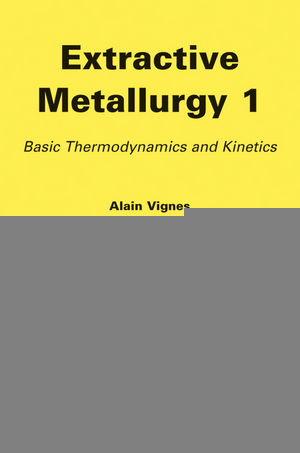

Most ebook files are in PDF format, so you can easily read them using various software such as Foxit Reader or directly on the Google Chrome browser.
Some ebook files are released by publishers in other formats such as .awz, .mobi, .epub, .fb2, etc. You may need to install specific software to read these formats on mobile/PC, such as Calibre.
Please read the tutorial at this link: https://ebookbell.com/faq
We offer FREE conversion to the popular formats you request; however, this may take some time. Therefore, right after payment, please email us, and we will try to provide the service as quickly as possible.
For some exceptional file formats or broken links (if any), please refrain from opening any disputes. Instead, email us first, and we will try to assist within a maximum of 6 hours.
EbookBell Team

0.0
0 reviewsEven though "process metallurgy" is one of the oldest technologies implemented by man, technological innovation, with the development of processes that are both focused on product quality and economically and ecologically efficient, continues to be at the heart of these industries.
This book explains the physico-chemical bases of transformations, vital to their understanding and control (optimization of operational conditions), and the foundations in terms of "process engineering" (heat and matter assessment, process coupling: chemical reactions and transport phenomena), vital to the optimal execution and analysis of transformation process operations.
This book is addressed to students in the field of metallurgy and to engineers facing the problem of metal and alloy development (operation of an industrial unit or development of a new process).Content:
Chapter 1 Metallurgical Thermochemistry (pages 1–39):
Chapter 2 Oxides, Sulfides, Chlorides and Carbides (pages 41–72):
Chapter 3 Metal Solutions, Slags and Mattes (pages 73–130):
Chapter 4 Aqueous Electrolytic Solutions and Salt Melts (pages 131–181):
Chapter 5 Reaction Kinetics (pages 183–218):
Chapter 6 Transport Kinetics (pages 219–252):
Chapter 7 Particulate Kinetics (pages 253–281):
Chapter 8 Electrochemical Reactions (pages 283–324):